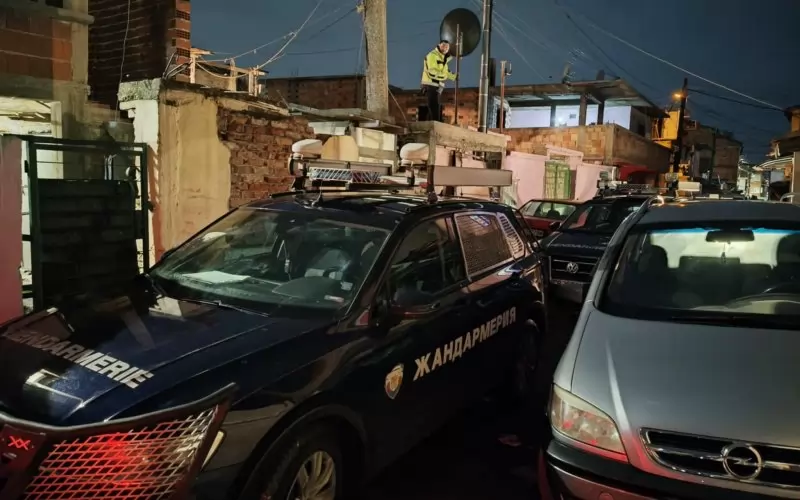In the case of the blond bulgarian Rroma girl Maria, Scholz (2013) sees a renewed strengthening of racist prejudices against Rroma. Both the researcher on racism Wolfgang Benz, as well as the Chairman of the Central Council of German Sinti and Roma, Romani Rose, criticized the reporting of numerous media as well as the actions of the involved police agencies as being based on “racist patterns”. The un-reflected articles promoted the exclusion and general prejudice against Rroma living in Europe. Rose, according to Scholz, loudly criticised the one-sidedness of the reporting that always relies only on problem cases and completely neglects the “invisible” integrated Rroma: “A few days ago in an interview with the “Südeutsche Zeitung” Rose had already warned against “always focusing on only one part of the Roma.” One must distinguish between the ones “who live in anonymity and those who lead a perfectly normal life in Germany”.” Rose further calls for the establishment of a committee of experts to examine antiziganism in Germany and who would make public (also compare German Wave 2013).
Peters (2013) precises that according to a recent survey, 64 % of Germans would reject Rroma as neighbours. And this even though many already have Rroma as neighbours, but do not know it because they keep their identity secret. Peters also draws clear parallels to the discrimination against the Jews with reference to Wolfgang Benz. Such journalism would not be allowed in Germany about the Jewish minority due to the historical events. But for Rroma surprisingly, this is acceptable. Rose criticizes: “Worldwide, missing children are now suspected to be among Roma. Hundreds of parents now hope that their missing children are alive and were abducted by Roma. This makes all Sinti and Roma to potential child thieves.”
Gezer (2013) comes to a dismal conclusion about the current acceptance of Rroma in Europe. The public image is dominated by negative stereotypes, Rroma are used as scapegoats and as a projection for a wide range of social fears and debates that are taking place on their back: fears of immigration, of change, economic impoverishment, “Yes, Europe has a new villain, he is called Roma and is everywhere. The new villain has dark skin, sings and steals, gives his children no shoes on because it is their tradition to do so. In Europe it is acceptable again to stigmatize a group because of their ethnicity.” She especially criticizes the silence of many politicians and public figures who hush up the blazing racism against Rroma. It is the same type of behaviour that was observed when the migrants were the Turks.
- Deutsche Welle (2013) Fall Maria: Roma beklagen Rassismus. In: Deutsche Welle online vom 6.11.2013. http://www.dw.de/fall-maria-roma-beklagen-rassismus/a-17208815
- Gezer, Özlem (2013) Debatte über Roma: Ohnmächtiges Europa. In: Spiegel online vom 2.11.2013. http://www.spiegel.de/politik/ausland/roma-europas-im-umgang-mit-seiner-groessten-minderheit-a-930841.html
- Peters, Freia (2013) “Niemand hat der Hetze Einhalt geboten”. In: Die Welt online vom 5.11.2013. http://www.welt.de/politik/deutschland/article121577967/Niemand-hat-der-Hetze-Einhalt-geboten.html
- Scholz, Kay-Alexander (2013) Die Folgen des Falls Maria für Sinti und Roma. In: Deutsche Welle online vom 5.11.2013. http://www.dw.de/die-folgen-des-falls-maria-für-sinti-und-roma/a-17204376







